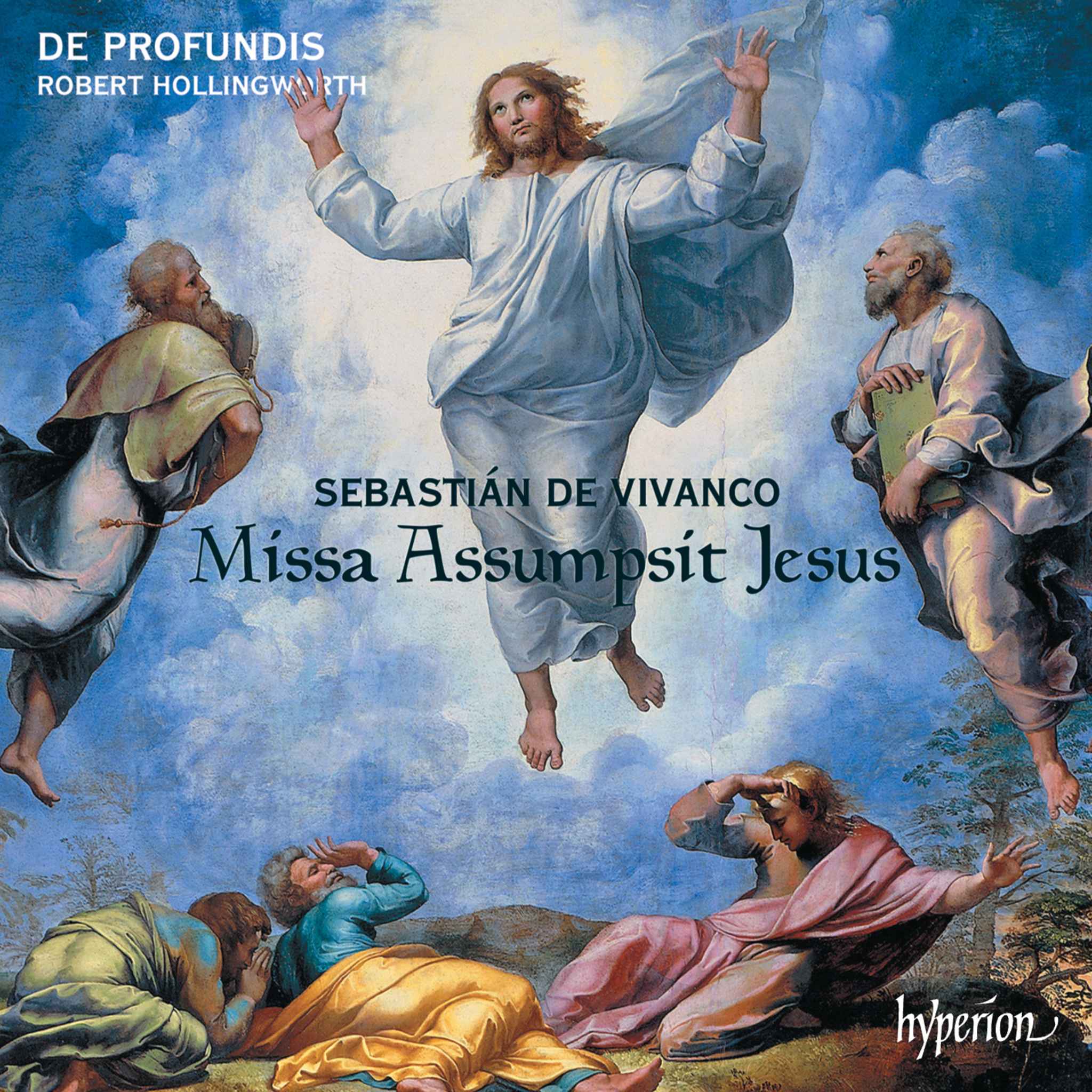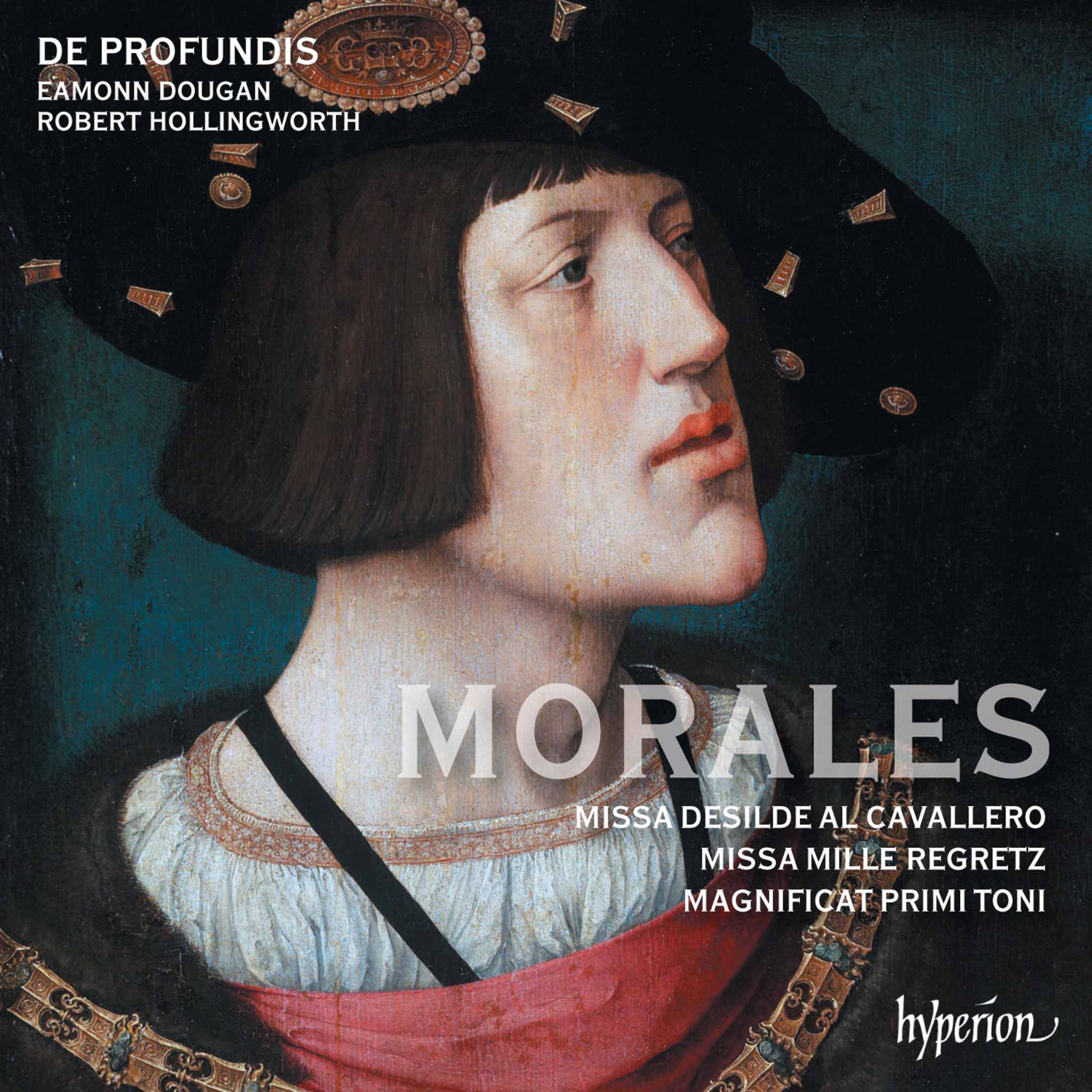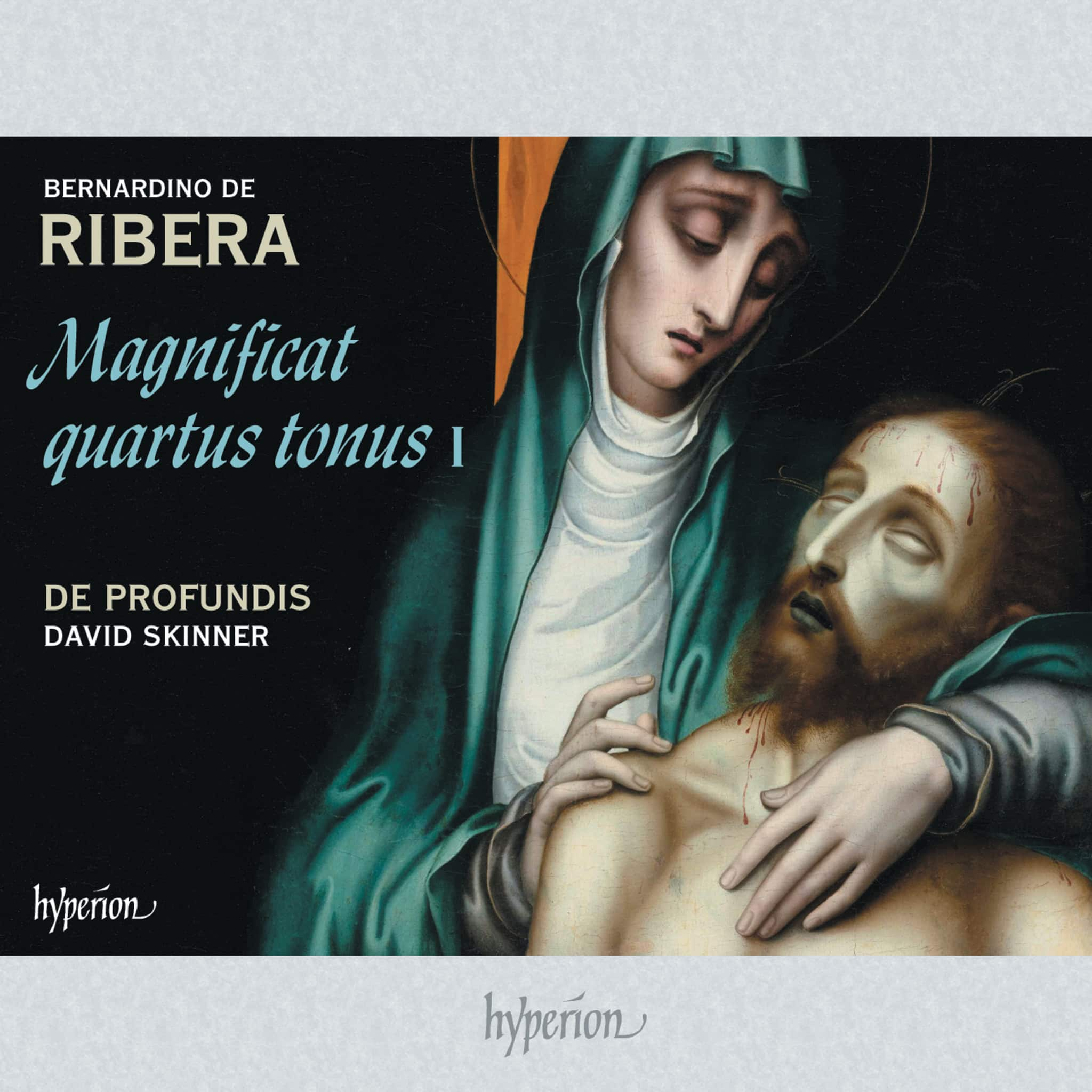Album insights
Schubert's irresistible Octet, like works by comparable composers Spohr, Hummel, and others, stands as a latecomer in the tradition of 18th-century wind and string serenades. Commissioned by Count Ferdinand Troyer, a talented amateur clarinetist, the Octet emerged in response to a suggestion to create a sequel to Beethoven's controversial Septet. Schubert added a second violin to the established Septet arrangement, maintaining a structure mirroring Beethoven's six-movement pattern. The debut performance, hosted by Viennese aristocrat Anton, Freiherr von Spielmann, featured renowned musicians, including violinist Ignaz Schuppanzigh and others who had premiered Beethoven's Septet years earlier. Despite initial critiques of the Octet's length, contemporary reviews praised the work, shedding light on Schubert's misunderstood public reception.
In a fashion similar to Mozart's grand wind serenades, Schubert's Octet elevates the hedonistic spirit of late 18th-century divertimentos with its melodic vigor, rhythmic dynamism, and rich harmonic palette. The instrumentation in the Octet is remarkably diverse, veering between orchestral grandeur and subtle chamber music finesse. While exuding a genial and relaxed atmosphere characteristic of its divertimento origins, Schubert weaves poignant sentiments of yearning and fragile beauty familiar from his late works. The work occasionally offers glimpses into darker realms akin to Schubert's a minor and d minor string quartets composed around the same time.
The initial lively introduction of the Octet introduces a punctuated motif that shapes the ensuing Allegro and serves as a leitmotif throughout. Following this, a series of thematic developments unfold, showcasing Schubert's structural economy and thematic variation. The lively Allegro section, shrouded in C major tensions, navigates through intricate modulations before a serene finale interlude in F major, hinting at a pastoral idyll. The Adagio segment, resonating between a barcarole and lullaby, unveils Schubert's mastery in crafting reflective melodies and counterpoints, culminating in a turbulent and introspective coda. The following Scherzo, a delightful bucolic interlude punctuated by sudden modulations, offsets the contemplative Adagio, leading into a series of variations evoking contrasting moods, from eerie nocturnal tones to exuberant folk-like jubilation.
Schubert's Menuetto, reminiscent of classic courtly dances, strikes a balance between neoclassical stylings and Romantic explorations. The movement unfolds with grace and whimsy, punctuated by dramatic twists and turns, culminating in a mysterious horn solo reminiscent of earlier motifs. Finally, the Finale delivers a dramatic spectacle, blending melancholic gestures with a triumphant march, elaborate contrapuntal episodes, and daring harmonic excursions. The movement builds to a grand finale, gradually releasing tension and offering a jubilant resolution, a pastoral dance evoking rustic charm and jubilation.
In a masterstroke of dramatic flair, Schubert concludes the Octet with an unexpected return to the foreboding atmosphere of the slow introduction, only to dispel the gloom with an exuberant coda that transforms the march theme into a lively, rustic dance—a fitting conclusion to this multifaceted musical journey.




